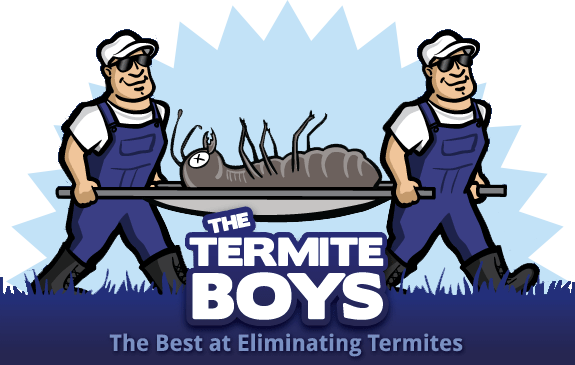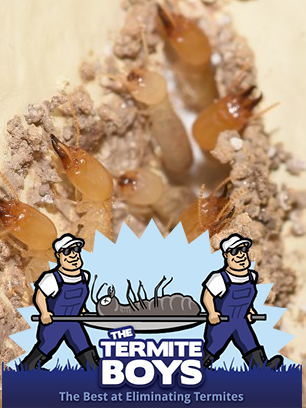The eastern subterranean termite is the only termite species that infests structures in Boston, but residents will never see these pests because all subterranean termite species dwell below the ground. Subterranean termite colonies grow to become much larger than the drywood and dampwood termite colonies located in the southern states. Mature subterranean termite colonies contain between 50,000 and 2 million individual termites, and all of these individuals are divided into three primary groups, or “castes.” Workers account for the vast majority of individuals within a subterranean termite colony, and they’re responsible for foraging, the grooming of nestmates, and nest expansion.
When colonies grow to contain millions of individuals, workers establish numerous secondary nesting sites around the original nesting site that houses the queen. This is why mature colonies are composed of numerous interconnected nesting sites that can span areas larger than a football field. Due to their cryptic habitat, researchers have difficulty determining the location and size of subterranean termite colony networks, but it is probable that a large number of nests are located below most neighborhoods and buildings in Boston.
When workers leave a nesting site in order to gather food sources, they sometimes detect food in the form of structural wood located within structures. Subterranean termites are highly dependent on the moisture in soil for their survival, and they will rapidly dessicate and die if they become exposed to the outside air. Sometimes, subterranean termite infestations start when workers infest a structural wood component that’s in contact with the ground soil. Modern building codes prohibit structural wood in new homes from making ground contact for this very reason. Older pre-code homes are highly vulnerable to subterranean termite infestations because they often contain structural wood components that make contact with the ground, which allows workers easy access to the entire timber frame. Housing codes require the lowest substructural wood components in homes to be located at least 18 inches above the ground surface to prevent subterranean termite infestations.
Does your home contain any structural wood components that make contact with the ground soil?

